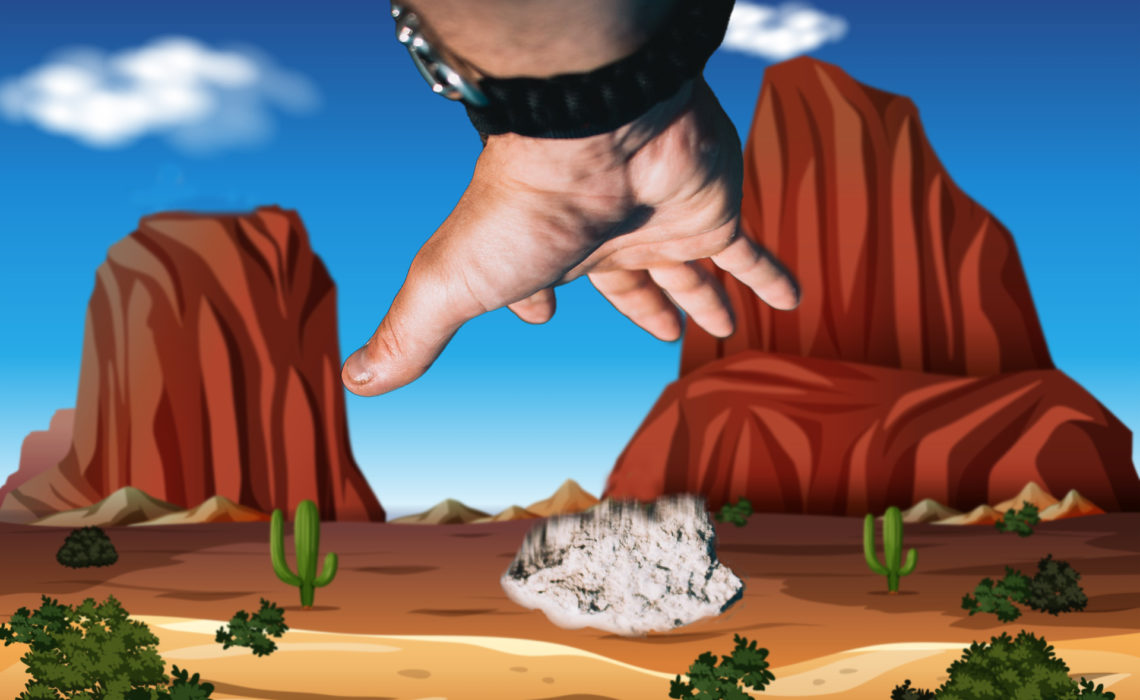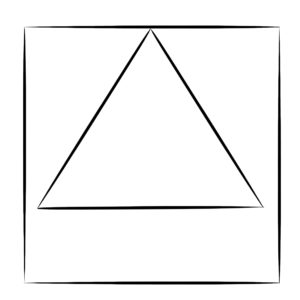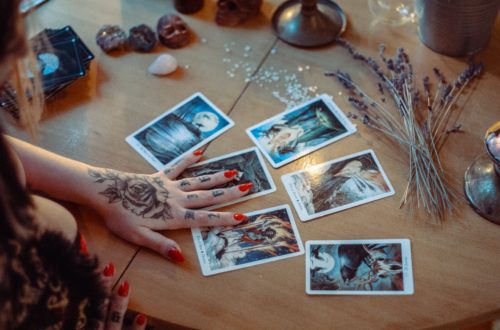
Ho’oponopono Vs The Sedona Method® (Release Technique)
The late Lester Levinson was the inventor of both The Sedona Method® and The Release Technique. Both Hale Dwoskin (of the Sedona Method) and Larry Crane (The Release Technique) were taught it my him.
It is a fast, effective, and useful way or ridding yourself of negative emotions which may cause stress (or even worse if they are unchecked).
Stress is a reaction toward something to which you’ve attached an outcome. When the outcome doesn’t come to pass you’re left in a state of fight, or flight yet with nothing you can fight, or even run away from. Physiologically, this leads to a build up of chemicals which enable the fight/flight response. These in turn make you feel down, and can impact your liver and other hard organs which works on their elimination, or else stores them.
They are also a cause of many skin eruptions because it’s from the skin that they are eliminated from the body.
Clearly, if we can use an effective technique to eliminate such stress we will be both happier and healthier.
Lester Levinson realised this after his physicians gave him just a few months to live. He was in his forties and not ready to depart. However, reading Freud, Jung and many other books about psychology hadn’t helped and so one day he decided that would only improve if he took 100% control of his self-healing.
Lester was stunned to discover that his thoughts actually created his reality during three months of intensive self-inquiry. Changing perspectives was a dramatic experience for Lester because he had hitherto been a materialist.
It was from this point that he developed what is now commonly thought of as ‘The Sedona Method®, or The Release Technique.
The simplicity of this method is deceptive. The key is to allow the emotion that is bothering you at your core to surface with your whole being and immerse yourself into it.
Then you simply ask these three questions:
- Could I let this feeling go
- Would I let this feeling go?
- When?
Negative emotions and your circumstances are in a circular relationship
Answering no with an explanation involves one or more of these drives:
- Approval
- Control
- Survival,
- Safety
- Separation or closeness
Identify the emotion, belief or memory that stops your release, then repeat the questions in order to release it. You do this as many times as necessary.
What the Method Assumes
- The thoughts we think, the feelings we feel, or the emotions we feel do not define us.
- Whenever we want, we can let go of any thought, feeling, emotion, or limiting belief.
- Our true nature is happiness, regardless of what we think, feel, or believe.
Is it Effective?
During the moment of being immersed in an emotion, you can ask these questions to separate yourself from it and become an observer of it. As your self awareness increases, your identification with the emotion dissolves as you continue asking the first two questions.
As time passes, more and more you will experience yourself as being the witness of your emotions and experiences, rather than controlled by them.
In turn this lessens your attachment to specific outcomes, and when these go they take with them the heavy burden of the flight/fight response. You become less stressed, happier, healthier, and (as a result) your life changes for the better.
Lester knew that the place on simply ‘Being’ as the observer is identical to that of various Masters who had preceded him. He was very impressed with the thoughts of the Indian National Treasure and Advaitist Ramana Maharshi.
We learn in ho’oponopono that we are not our thoughts, actions, memories, or future longings.
The founder of contemporary ho’oponopono (Morrnah Nalamaku Simeona) said the ‘From an early age native Hawaiians are brought up to know who they are.
She says that the old symbol for a human being is a triangle within a circle.

Attachments are thought of in ho’oponopono as Karmic Data.



You May Also Like

The Quest for True Identity: Beyond Group Labels & Towards Spiritual Wholeness

What Is Karmic-Data?
